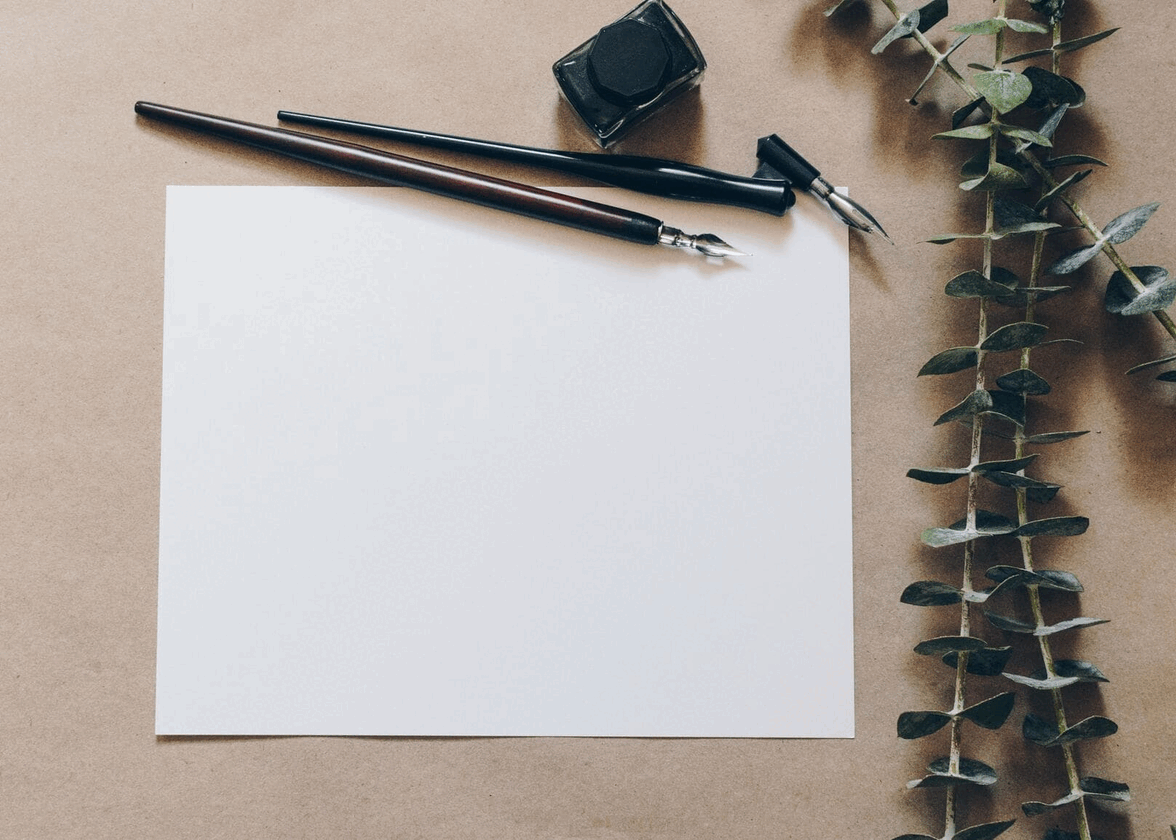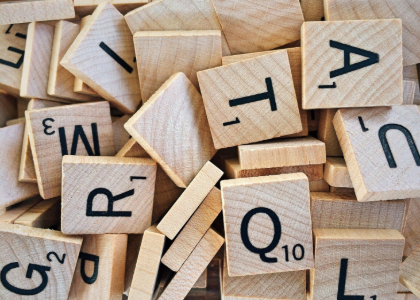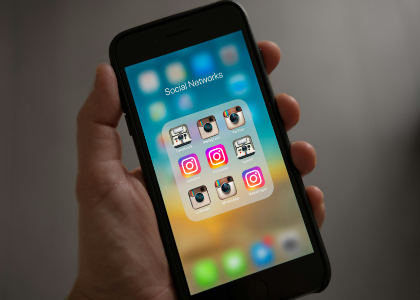Blog

DIY Logo Design: Unleash Your Creativity with Simple and Effective Tips
Hey there, creative minds! Today, I want to dive deep into a topic that's close to my heart – logo design. If you've ever wondered about creating your own logo, whether it's for your business, website, or personal brand, you're in for a treat.
I've been down this path myself, spending endless amounts of hours tweaking and tweaking just earning for perfection. I'm excited to share my insights with you on how to embark on a DIY logo design journey that's both rewarding and fun.
So, grab your virtual sketchpad, and let's explore the world of logo design together!
Crafting a Captivating First Impression
We live in a visual world, and a well-designed logo is the first brushstroke of your brand's story. Think about it – how many times have you been drawn to a brand just because of its logo?
My experience has taught me that a great logo encapsulates the essence of a brand, conveying its personality and values in a single, impactful image. It's like love at first sight for your audience! one famous one is Coca-Cola.
Simpler is Often Better
Now that we've dipped our toes into the world of logo design, let's talk about the importance of simplicity.
Remember, a logo doesn't need to be a complex work of art. In fact, the most memorable logos are often the simplest ones. Think about the Nike swoosh – it's just a single curved line, yet it speaks volumes about movement, progress, and energy.
Colors: Your Brand's Silent Messengers
Colors are like secret messengers in the world of design. They evoke emotions, set moods, and even trigger memories. When designing your logo, think carefully about the colors you choose.
Consider the psychological impact of each color and how it aligns with your brand's message. For instance, blue can convey trustworthiness, while yellow exudes optimism. Remember, colors speak louder than words, so choose wisely!
Typography: A Font of Identity
Ah, typography – the art of choosing the right fonts for your logo. You might not realize it, but different fonts can convey entirely different vibes. Imagine a tech company using a playful, handwritten font – it just wouldn't match the seriousness of their business.
The key is to choose fonts that harmonize with your brand's personality. Experiment with different options and find the one that clicks!
Flexibility and adaptability
When it comes to crafting logos, it's essential to adopt a different mindset depending on the industry you're designing for. Designing a logo for a clothing company requires a keen sense of style and fashion aesthetics. You need to think about how the logo will embody the brand's identity and resonate with the target audience's fashion preferences.
On the other hand, designing a logo for a food-related business demands a focus on sensory appeal. Incorporating elements that evoke taste, texture, and aroma can create a logo that tantalizes the viewer's senses.
Lastly, when designing for mobile apps, simplicity, and adaptability take center stage. A mobile app logo must be instantly recognizable even at small sizes, conveying the app's functionality and value effortlessly.
Balancing Act: Negative Space
Have you ever noticed that sometimes what's not there is just as important as what is? That's the magic of negative space.
Cleverly using negative space in your logo design can add an extra layer of depth and meaning. It's like a hidden puzzle waiting to be solved by your audience. So, embrace the power of "less is more" and let the white spaces do some talking!
Embrace Versatility: Scalability Matters
Imagine your logo looking stunning on your website but turning into an unrecognizable blob when printed on a business card. That's the power of scalability, and it's a crucial aspect of logo design.
Your logo should be easily recognizable whether it's on a billboard or a tiny social media avatar. Keep the design clean, and remember – versatility is your logo's best friend.
Final Flourish: Bringing It All Together
As we approach the finish line of our logo design journey, let's recap the key takeaways. A great logo captures the essence of your brand, simplicity often trumps complexity, colors and typography are your silent storytellers, and embracing negative space can add depth.
Oh, and don't forget about scalability – your logo should shine in all sizes. Now, roll up your sleeves and start sketching your logo masterpiece. Remember, this is your chance to tell the world who you are through art and design. Happy creating!
Embracing Iconic Elements: The Power of Symbols
Now, let's talk about the magic of incorporating symbols into your logo design. Symbols are universal communicators – they can convey complex ideas in a simple, visual form.
Think about the Apple logo with its bitten fruit or the Twitter bird – these symbols have become synonymous with their brands. When adding symbols to your logo, consider their relevance to your brand's message and how they can resonate with your audience.
Playful Versus Professional: Matching Your Brand's Tone
One of the key considerations in logo design is matching the tone of your brand. Are you a fun-loving, quirky brand or a serious, professional one? Your logo needs to reflect this tone accurately.
For instance, a toy store's logo can be playful and colorful, while a law firm's logo would likely be more restrained and elegant. Make sure your logo sets the right expectations for your audience.
The Grid: Your Design's Backbone
Behind every great logo lies a well-structured grid. The grid is like the skeleton that holds your design together. It ensures that elements are aligned, proportions are consistent, and the overall look is harmonious.
Whether you're working with a simple or complex design, a grid can be your guiding light. It's the unsung hero of logo design that ensures your masterpiece stays balanced.
Inspiration Everywhere: Tapping into Creativity
If you ever find yourself staring at a blank canvas, don't fret. Inspiration is everywhere! Take a walk in nature, flip through magazines, or browse online galleries.
But remember, inspiration doesn't mean replication. Use what you see as a springboard to create something uniquely yours. So, keep your eyes open and let the world around you fuel your creative fire.
In conclusion
Ready to transform your brand's identity with a logo that speaks volumes? Take the leap into the world of design and craft a visual masterpiece that resonates with your audience. Your brand's story is waiting to be told through art and creativity.
Good luck – Kevin
About the author:
Kevin is a young entrepreneur with lots of business experience. He currently runs his blog where he seeks to educate people through Saas, SEO, email marketing, and business. You can Follow Him Throughout his adventures on Linkedin or his Blogging sites.
More tips and tricks on the blog


